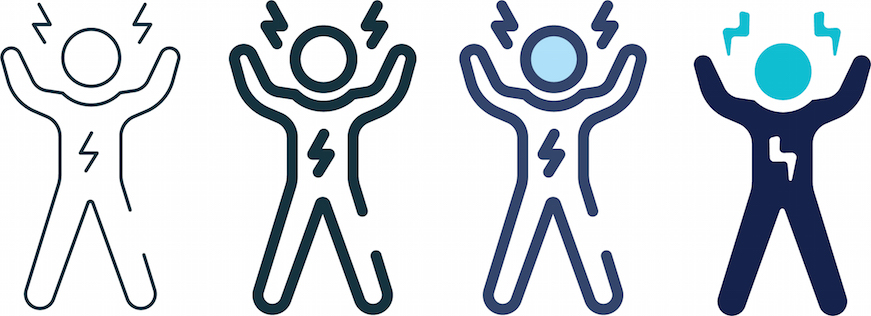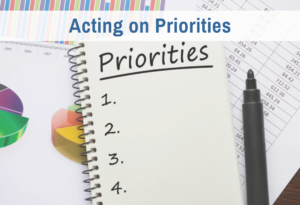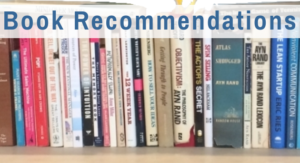Some years ago I read an interesting book titled The Origin of Everyday Moods: Managing Energy, Tension, and Stress, by Robert Thayer.
The bottom line from the book is you need to distinguish (and manage) four identifiable productivity states:
- Relaxed & Energized
- Tense & Energized
- Relaxed & Tired
- Tense & Tired
As you see from this list, there are really just two factors: degree of tension (which varies from relaxed to tense), and degree of mental energy (which varies from tired to energized).
By the way, Thayer calls these “moods” rather than productivity states. I call them “productivity states,” because each is suited to a different kind of productive activity.
When you are relaxed and energized, you are prepared for the most creative, challenging work you do. For me, this is writing.
When you are tense and energized, you may be more distractible, but you can get a lot done. This is a good state for plowing through a backlog of smallish or administrative tasks.
When you are relaxed and tired, you are best suited for what I think of as puttering. You can do miscellaneous tasks that don’t take a lot of concentration, and are not unpleasant. (If they’re unpleasant, it takes mental energy to keep on the task.) This is a good state for cleaning up your desk or pruning your files.
Finally, when you’re feeling tense and tired, you are not in a good state for any mental work. You need some kind of a break to get into a better state.
Thayer’s book explores in detail how you can affect your state. Here’s a synopsis:
If you’re tense and/or tired, the best thing to do is exercise. Even a 5-minute brisk walk can radically change your state. It clears your head, and, surprising to me at the time, radically re-energizes you.
In case there are couch potatoes or people who are exercise averse on the list, I recommend reading this book just to hear what he says about exercise. Then experiment a bit to see if it’s true, which is what I did. Before I read this book, I viewed exercise as short-term pain with a long-term gain. But after doing some experiments and paying attention, I saw for myself that even if I started exercising in a foul mood, feeling tired, by the time I was finished I was in a good mood and my body was relaxed and energized.
Of course exercise is not the only thing that helps, sleep, listening to music, taking a shower, (and eating protein, which he doesn’t mention) help when you’re tense and tired.
On the other hand, sugary snacks exacerbate the situation — about 10 minutes after you eat them, you feel worse than before!
What I took away from this book was the importance of noticing my productivity state, so I could both match my work to my state, and change my state (if needed). Monitoring — and acting on the information — has made a big difference in both my productivity and the quality of my work day.








0 Comments